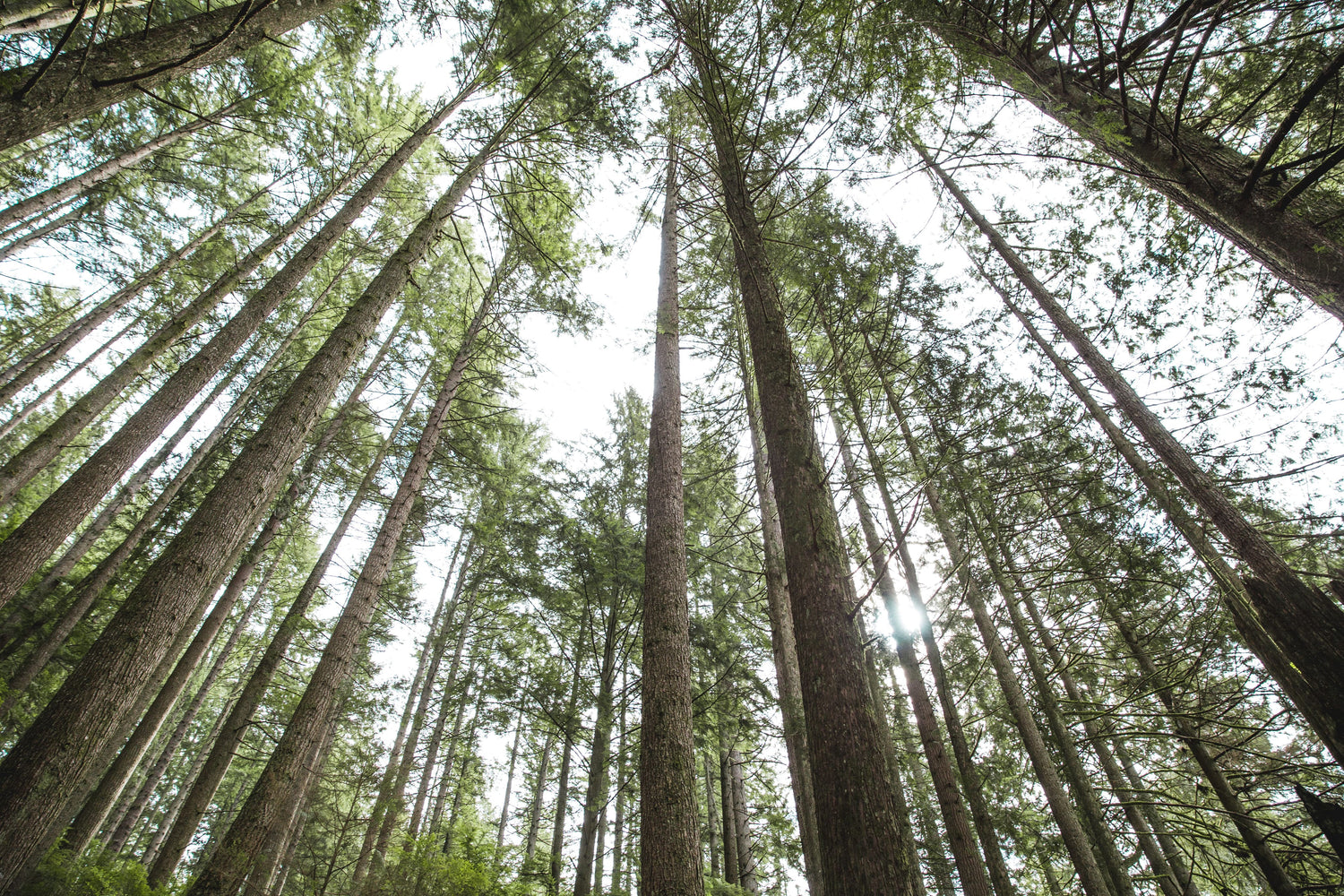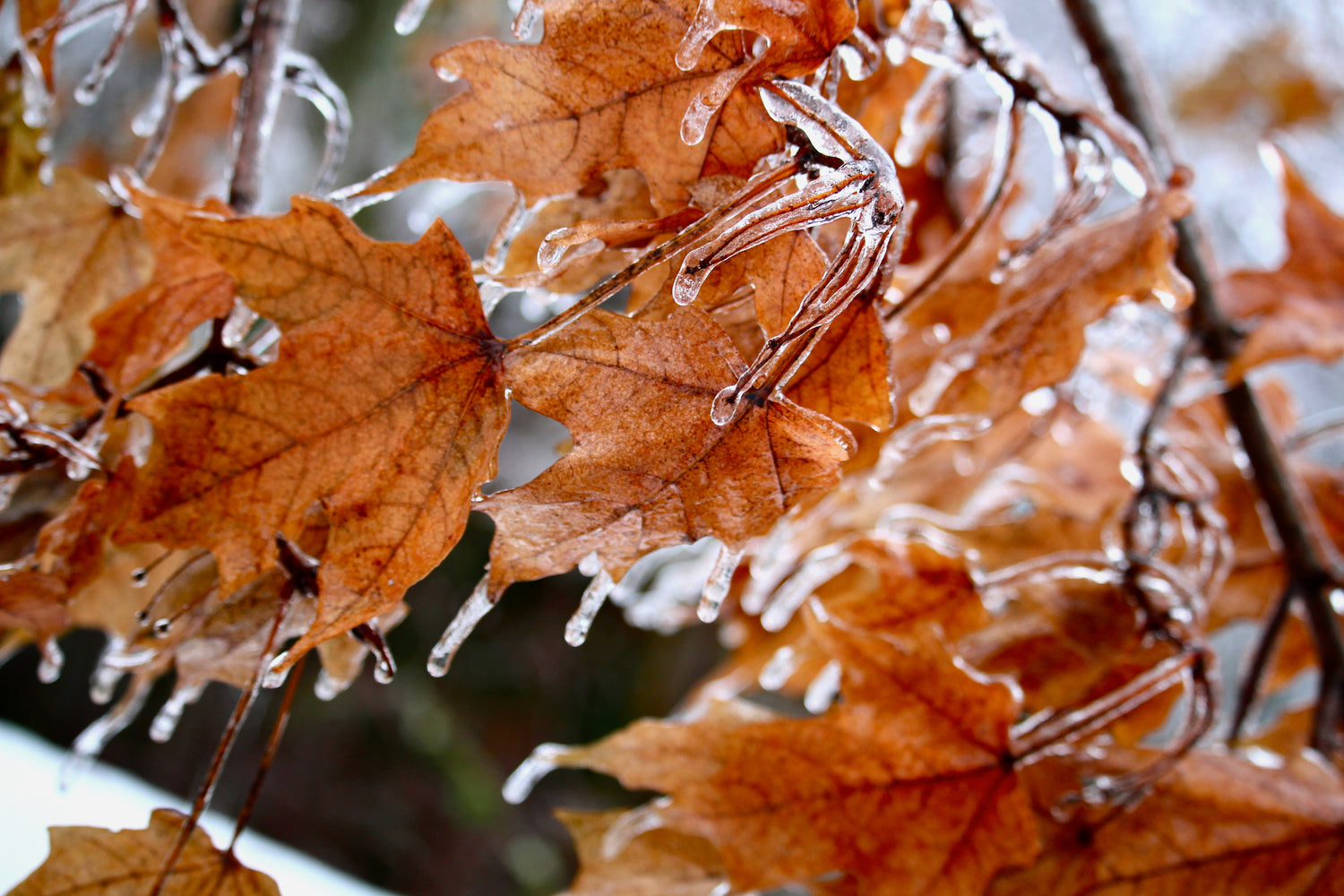Your Order plants Trees
To counteract the CO2 emissions in the world, we have decided to plant a tree for every purchase of one of our tights.
Our trees are planted in Madagascar and Tanzania.
Planting trees for a better world
Our trees and forests are essential for the climate because they absorb the greenhouse gas CO2 and release oxygen. In this way, they help to keep temperatures on earth stable. Consequently, the more trees there are, the more CO2 can be sequestered.

Water
Clarification:
Trees clarify water and slow rainfall by filtering it with their roots. This process prevents erosion and reduces flood and saturation risks.
Water supply:
About 1/3 of the world's largest cities rely on protected forest areas for much of their drinking water. These include cities such as New York and Singapore.
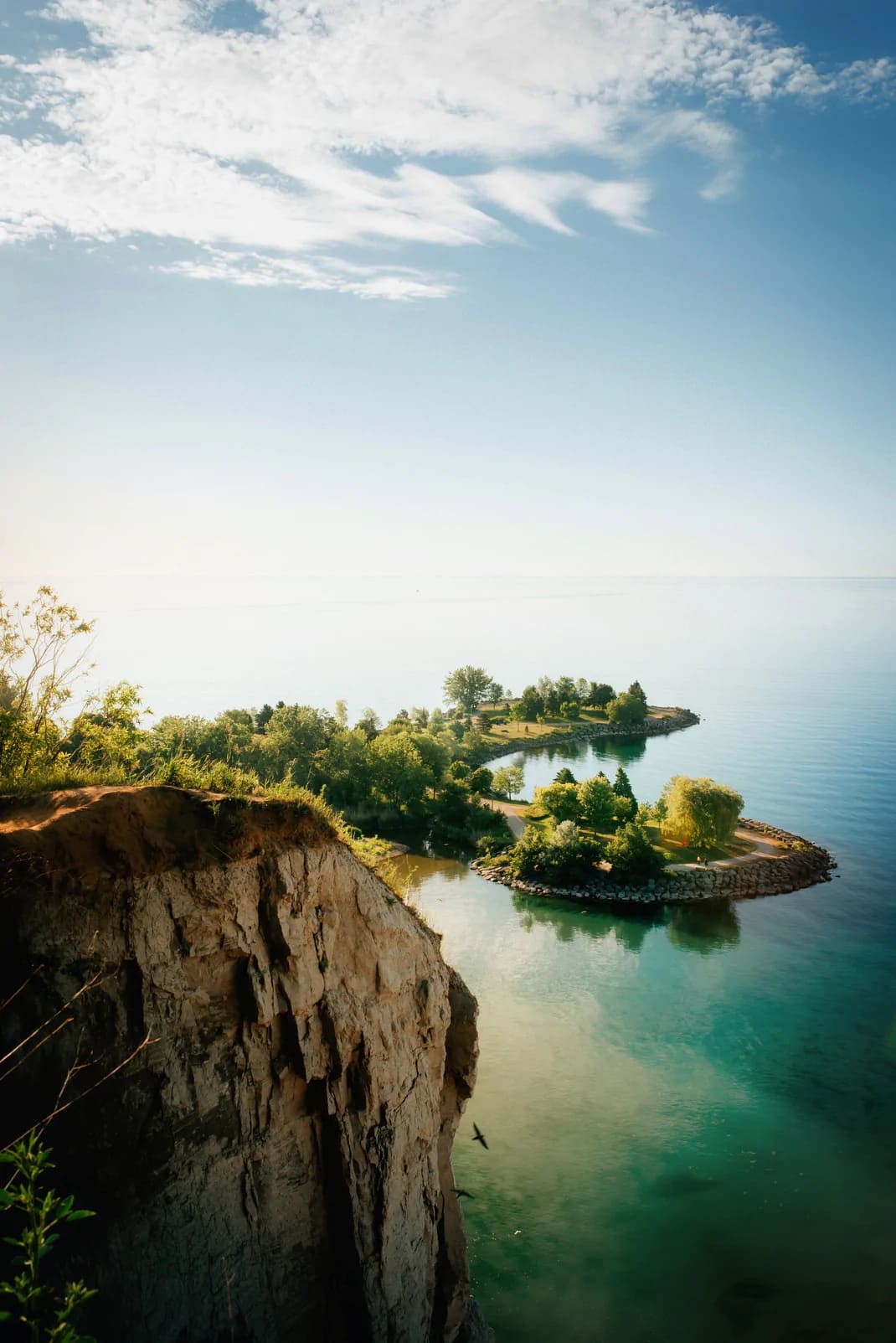
Air
Oxygen production:
Trees and forests are often called the 'lungs of the planet' for a very simple reason: they produce oxygen. It is estimated that 1 acre of trees can supply the oxygen needs of 12 people for a year.
Absorbing harmful gases:
In addition to CO2, trees also absorb gases that are harmful to health and the environment, such as sulfur dioxide, ozone, ammonia, carbon monoxide, or nitrogen oxides.
Cooling:
Trees cool surrounding air through their shade and through a process called transpiration cooling. In this process, trees release water droplets from their leaves, which cool the environment as they evaporate.
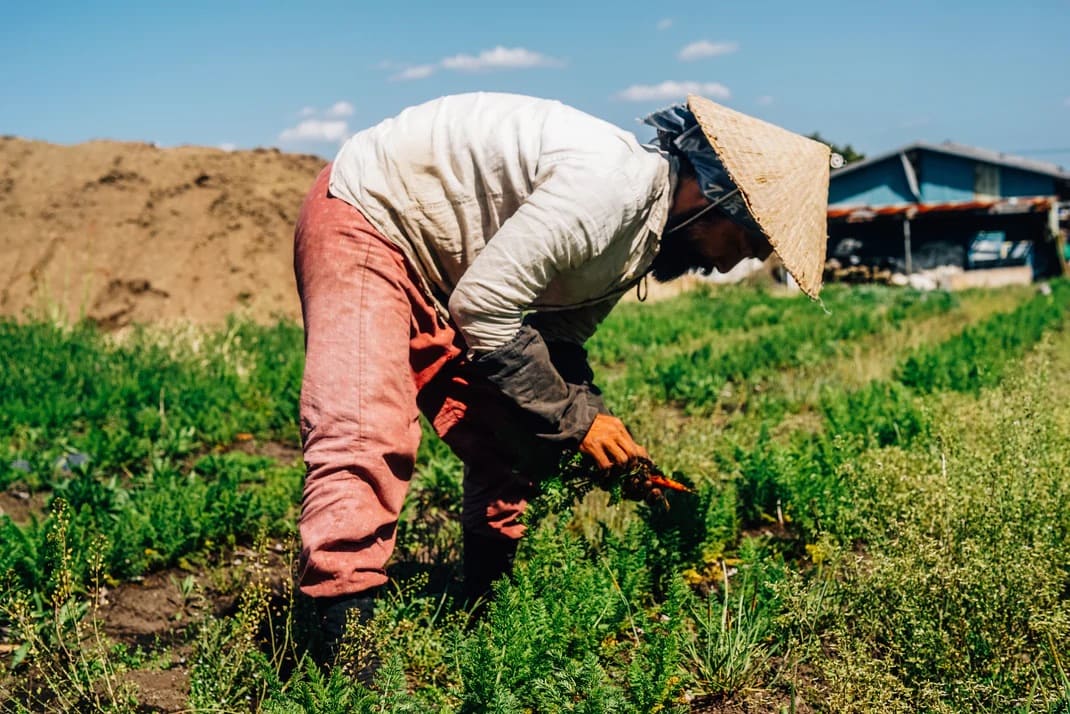
Social benefit
Medicinal properties:
Many of our medicines are derived from tree bark, leaves and flowers of various species. Usually they are used in herbal medicine, but many preparations made by the pharmaceutical industry are also based on extracts originally taken from trees.
Developing countries:
Many of the world's poorest people live near forest areas. Food, drinking water, and work equipment extracted from these forests can account for up to 28% of household income in some tropical and subtropical regions.
Mental health:
Trees and nature have been shown to improve mental health and perceptions in both healthy and mentally ill people.
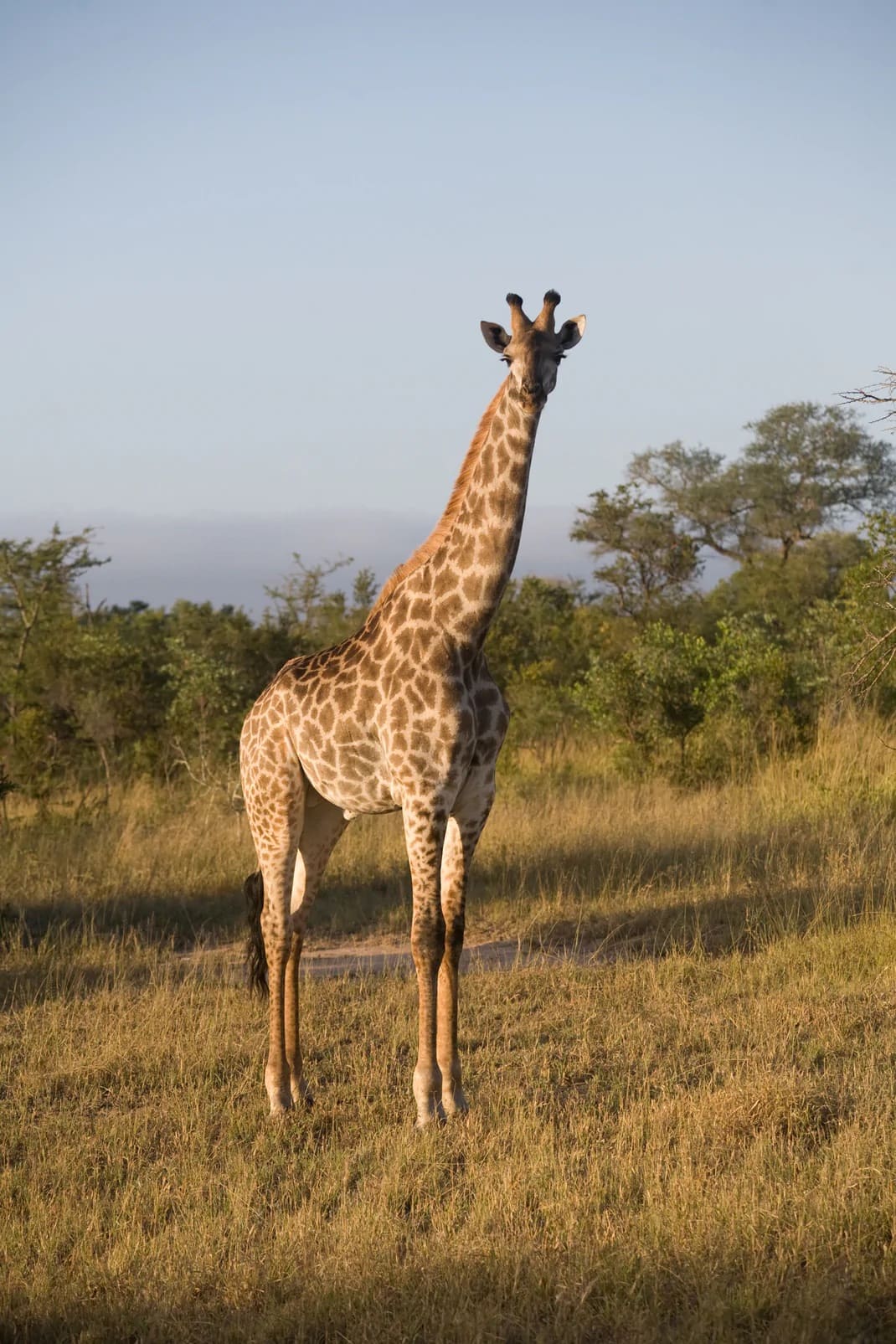
Fauna
Habitats:
Forests host about 80% of the world's terrestrial biodiversity. This ranges from small invertebrates to large mammals.
Insects:
Trees also harbor large numbers of insect colonies, such as birch and willow, which provide habitat for up to 300 insect species.
Preventing extinction:
Up to 100 species could become extinct every day due to the loss of a closed tropical rainforest.
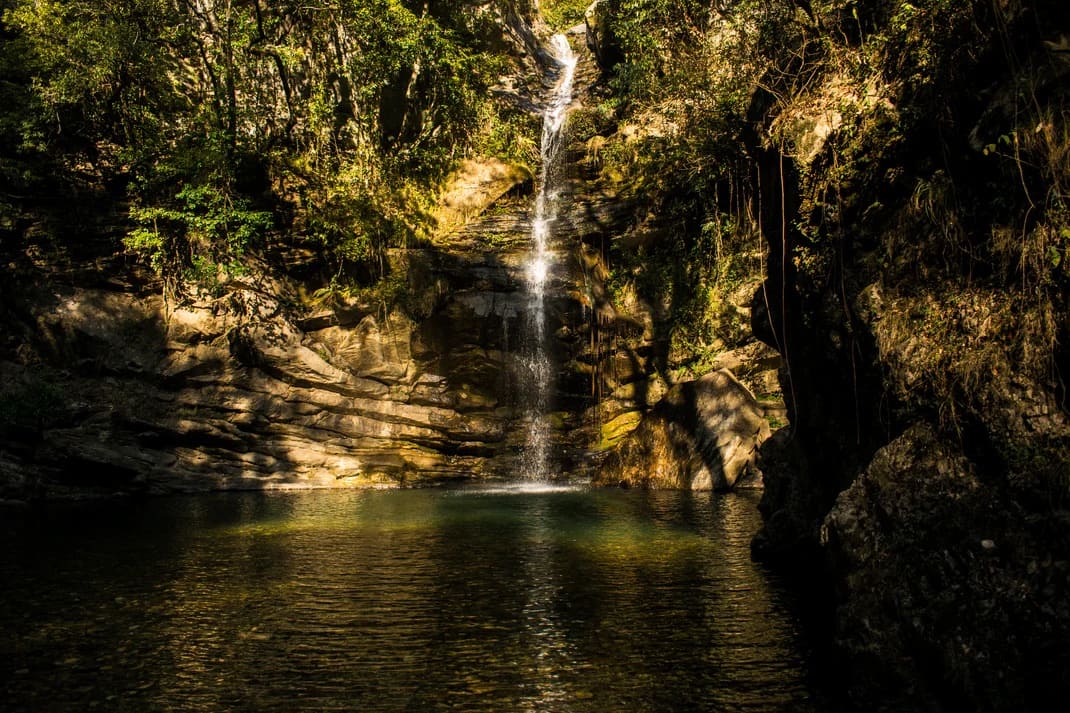
Climat
Carbon Capture:
Natural forests absorb CO2, acting as a carbon sink. Forests and trees absorb the equivalent of 2 billion tons of CO2 annually, an estimated 1/3 of the total CO2 released from fossil fuel combustion.
Carbon sequestration:
Deforestation exacerbates climate change by releasing CO2. Approximately 18% of global emissions come from deforestation (5-10 GtCO2e), more than the world's entire transportation sector.
Collapsible content
How much CO2 can a tree absorb?
We assume that a tree offsets an average of 200 kilograms of CO2 over its lifetime, or about 10 kilograms per year over 20 years.
The amount of CO2 absorbed by a tree varies greatly, however, depending on the species of tree, and also on the soil and climate conditions in which the tree is planted.
Some regions, such as the tropics, are ideal for storing higher levels of CO2, but also, and very importantly, for storing it more quickly. Fast-growing species are also ideal candidates to influence the rate of CO2 uptake.
With over 300 species in Tree-Nation, we record levels ranging from a few kilograms of CO2 to more than a ton during a tree's lifetime. Although a tree sequesters carbon for most of its life, carbon uptake is highest during the initial growth phase. To comply with global standards, we only consider the first 20 years of a tree's life, limiting its total CO2 offset value.
On Tree-Nation, you can learn the estimated CO2 sequestration value for each tree species in each project. We invite you to take a look at the "Species" section in each project to discover the CO2 sequestration values of each species (among other special characteristics)
What kind of tree will be planted?
Bruguiera gymnorrhiza is an evergreen tree with many pneumatophore roots. It grows on the coasts and estuaries in the mud, in well-watered places. It is one of the most widespread trees in the tropics. It is found in East Africa, Madagascar, Indian Ocean islands, the South Asian coast, Australia, and it has been introduced to Hawaii. The wood of Bruguiera gymnorrhiza is known to be waterproof, resistant and tough. It has been used as lumber, and the bark contains many tannins, which is why it has been used for tanning.
Why do we plant our trees in Madascar and Tanzania?
Before the project began, the mangrove forests in the area were severely affected by deforestation and forest degradation due to charcoal production and the collection of wood for cooking, construction, and other purposes.


